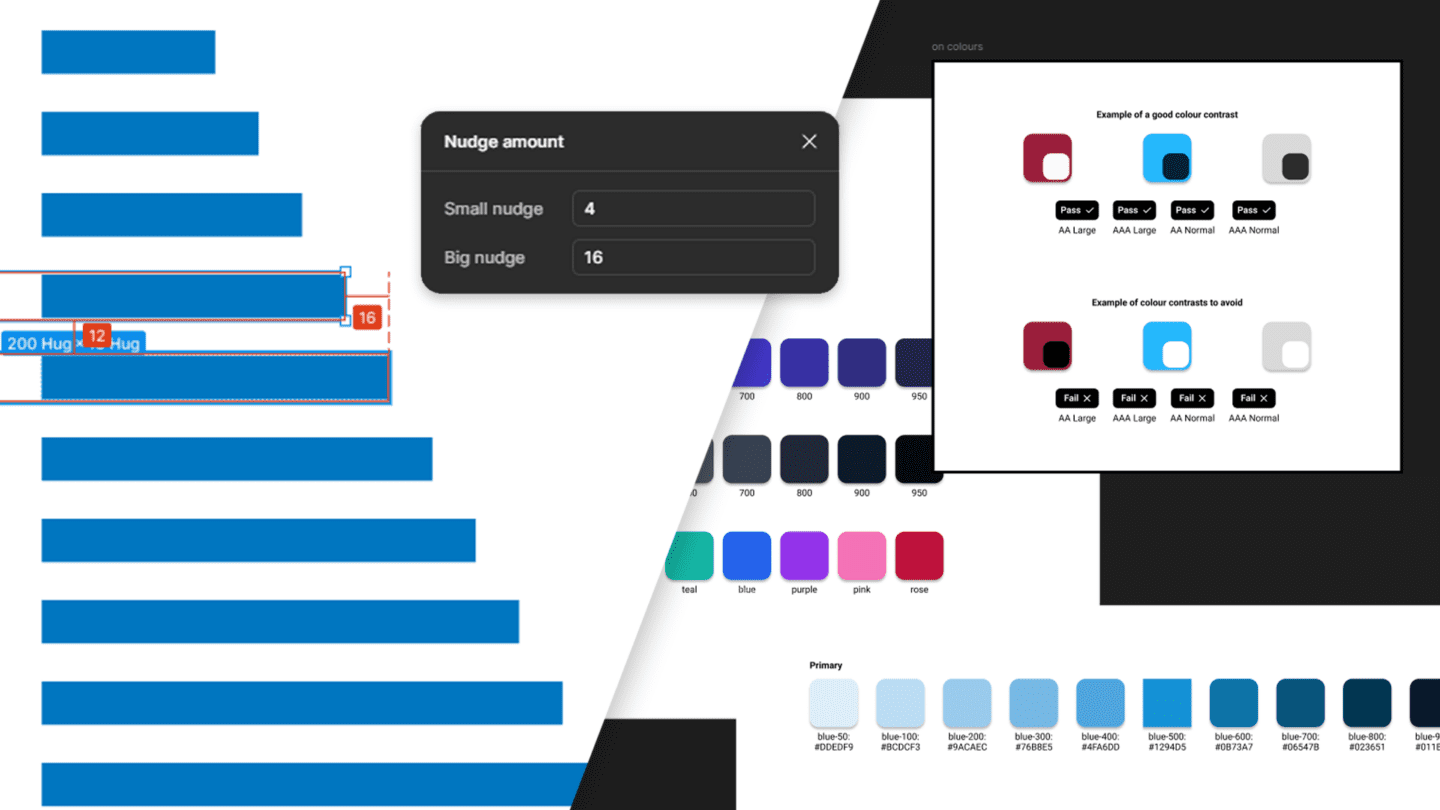We know it’s nice to kick back and read at your own pace over the festive period. That’s why we’ve put together a special round-up of the user research resources we’ve learnt from recently.
Understanding human behaviour to improve mobile research design (Biz Community)
Shirley Eadie, founding member and CEO of Pondering Panda, explored some of the idiosyncrasies of the human condition at last week’s #MRMW event, in order to help attendees understand the impact of those idiosyncrasies on research design, to lead to quick wins for better, more accurate mobile research.
How HMRC got a whole team involved in planning user research (GOV.UK)
This post details how the GDS used a usability test plan dashboard to involve as many people as possible in the design of a usability test. No doubt the more involvement you get up-front the better the test. Another clear advantage is that people who’ve seen let alone contributed to the plan are more than likely to have enough buy-in to not just take an interest in the outputs but actually implement changes off the beck of them! The GDS have also kindly provided a copy of the usability test plan dashboard that you can download and use for your own projects.
Link to article
E-Commerce Checkouts Need to Mark Both Required and Optional Fields Explicitly (Baymard Institute)
The Baymard Institutes study of 15 major e-commerce sites, our mobile e-commerce usability study of 18 leading mobile sites, and our most recent large-scale eye-tracking study of checkouts, have all confirmed the same thing: checkout processes and long sign-up forms need to mark both the required and optional fields explicitly.
The most common mistake – made by 63% of the top 100 e-commerce checkouts – is to only denote one of the types – i.e. either only denoting required fields or the optional ones (the latter has the most severe usability consequences).
Our GDS user research lab is 6 months old
The GDS user research team on what they’ve learnt in the process of developing and using their on-site lab.
“When we were designing and building our user research lab, we learned a lot about how best to build one. During the past 6 months of running our lab, we’ve learned even more.” In this post I’ll share our successes, what we’ve learned and where we could have done better.”
Got time for more?
Other user research articles worth a read:
- Segment Analytics Data Using Personas (Nielsen Norman Group)
- Stupid debates: Qualitative vs. Quantitative
Next week’s links
Next week we’ll be sharing some of the user experience strategy resources we’ve come across and bookmarked lately.
Get our weekly round-ups delivered straight to your inbox
Sign-up for our email newsletter and get all our posts by email as soon as they’re published.


